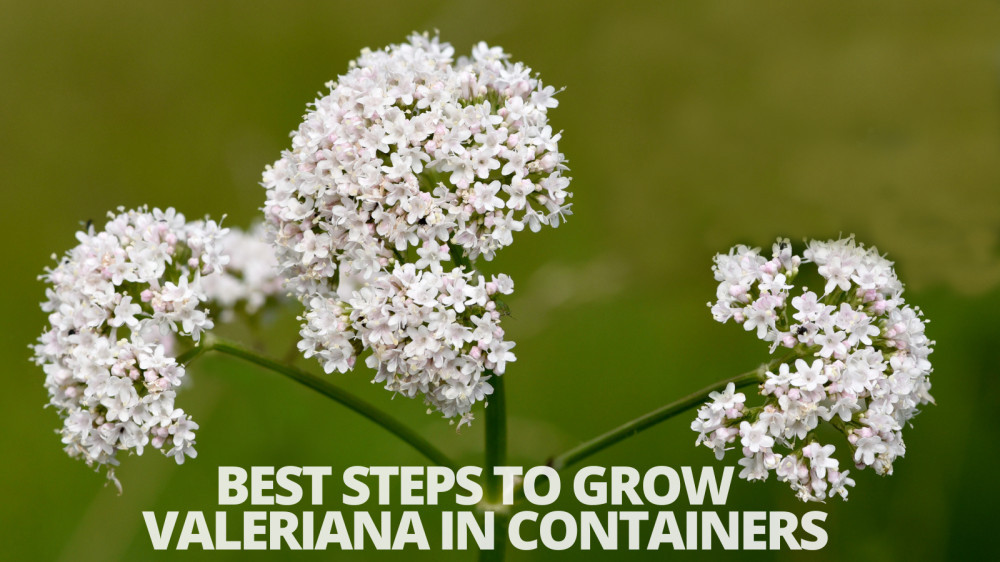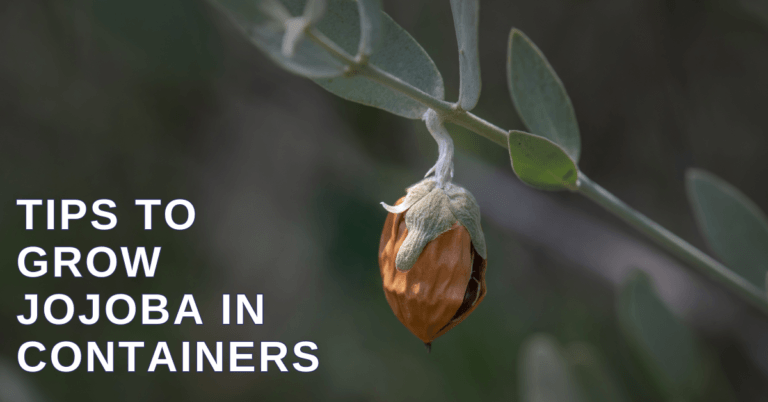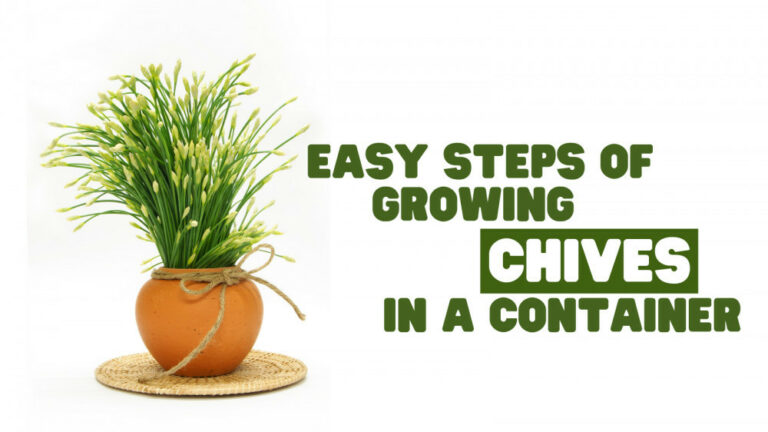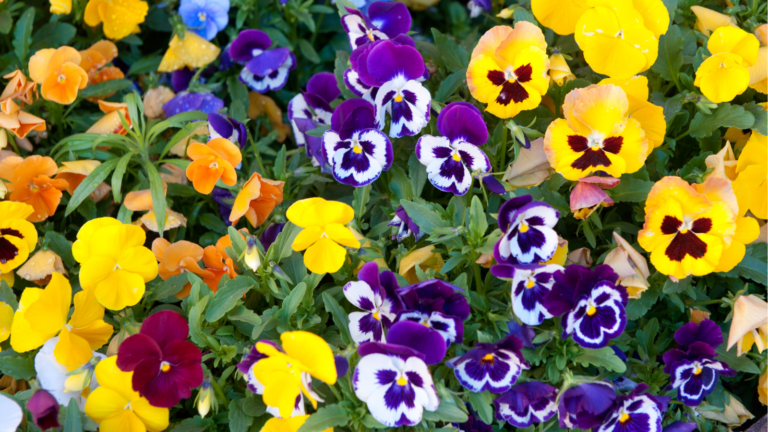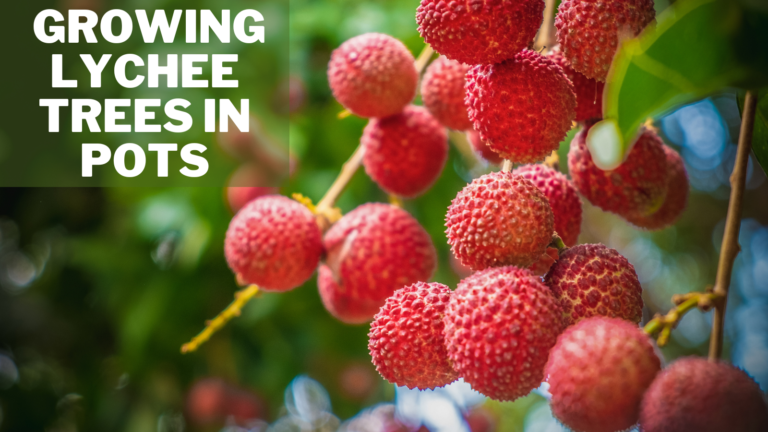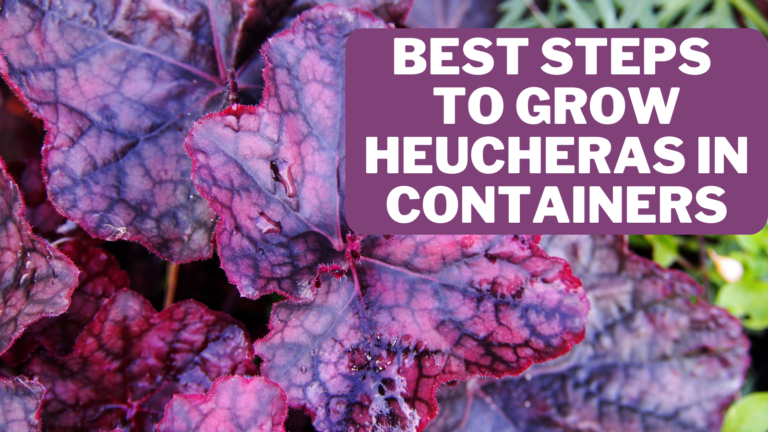Best Steps To Grow Valerian In Containers
Best Steps To Grow Valerian In Containers
Discover how to cultivate Valerian. This perennial herb is easy to grow. Valerian is a low-maintenance flowering plant that is tolerant of cold weather.
It is doubly noteworthy because of its pleasant-smelling blossoms and ancient therapeutic usage of its roots to calm and encourage sleep. Let's try to grow Valerian in containers.
History & Origin Of Valerian
Since the time of the Greek doctors Hippocrates (c. 460–377 BCE) and Dioscorides (first century CE), who recommended it as a sleep aid, Valerian has been used medicinally. It was recommended for sleeplessness by Marcus Aurelius' doctor, Galen (c. 130–200 CE).
It was also noted as a diuretic and a menstrual flow stimulant by early classical authors. In the 16th century, Valerian alleviated anxiety, shaking, migraines, and heart palpitations.
Valerian was used in England during World War II to reduce the tension brought on by air attacks.
According to some folklorists, the famous Pied Piper of Hamelin employed Valerian to get rid of the rats in the German town of Hamelin.
There are anxiolytic (reduction of anxiety, agitation, and tension) benefits of Valerian in animal experiments using rats.
Infusions (teas), alcoholic tinctures, and extracts made from the dried, powdered, and raw valerian root are all used as nutritional supplements in the United States.
Valerian is frequently paired with other plants that are traditionally used to aid with sleep, including hops (Humulus lupulus, Cannabaceae), passion flower (Passiflora incarnata, Passifloraceae), and lemon balm (Melissa officinalis, Lamiaceae).
Along with growing in temperate regions of Europe, the Caucasus, west and central Asia, Siberia, Manchuria, and Japan, Valerian can also be found there.
It can alter its many leaf forms to the unique characteristics of each habitat, allowing it to grow in various weather situations.
Typically, the plant likes moist environments near streams and rivers, ditches, or soggy meadows, but it can also be found on high terrain in mountainous regions.
Plants growing in mountainous settings are typically more aromatic than those growing in marshy or swampy environments.
Since at least the period of ancient Greece and Rome, Valerian has been utilized as a medicine.
Hippocrates wrote about its medicinal applications, while Galen recommended Valerian for sleeplessness in the second century.
It alleviated headaches, heart palpitations, shaking, and anxiety in the 16th century.
Valerian was usually regarded as a medicinal herb of poor regard in the middle of the 19th century and was supposed to be a stimulant that induced some of the symptoms it claimed to relieve. It was utilized in England during World War II to lessen the tension caused by air attacks.
What Are Valerian Roots?
The herb Valeriana officinalis, sometimes known as Valerian, is native to Asia and Europe but has since spread worldwide and is now growing wild in many places, including the United States and Canada.
Since ancient Greece and Rome, people have employed this perennial plant as a natural remedy.
In contrast to the plant's softly scented petals, Valerian roots have a strong aroma that many people find offensive.
Dietary supplements, including capsules and pills, as well as teas and tinctures, are made from Valerian's roots, rhizomes (underground stems), and stolons (horizontal stems).
Health Benefits Of Valerian Roots
According to alternative healthcare practitioners, Valerian roots are thought to be effective in treating various health issues, including insomnia, anxiety, headaches, digestive issues, menopause symptoms, and soreness and muscular soreness after exercise.
These claims are often supported by contradictory evidence.
1. Improve Sleep Quality
For decades, herbalists have recommended valerian root to treat sleeplessness and restlessness.
Modern scientific research, however, has not supported the suggestion that valerian root has a slight calming effect.
The trials demonstrated valerian root may help people sleep better, but further research is required to confirm the benefit.
The results did not meet scientific expectations for typical sleep measurements or dose ranges that adequately investigate valerian root's effects.
2. Anxiety And Stress Management
In the UK, valerian root was used to reduce stress brought on by air raids during World War II.
Before then, in the 1500s, doctors employed it to treat the signs and symptoms of anxiety.
Early studies suggest valerian root may have anxiolytic effects, which is another way of saying it has anti-anxiety properties, but additional studies are required.
According to preliminary research, the anxiety-reducing component of valerian root may be valerenic acid.
In this early study, this acid demonstrated anti-anxiety properties and did not attach to the brain's benzodiazepine receptors. These receptors might be to blame for benzodiazepine addiction, according to research.
3. Hot Flashes
People going through menopause symptoms could get relief from valerian root. Advocates claim that it can reduce hot flashes.
Because Valerian doesn't seem to impact hormone levels directly, the precise mechanism of action is uncertain.
A 2013 Iranian study with 68 menopausal women found that valerian capsules reduced the severity and frequency of hot flashes compared to a placebo when taken three times daily for eight weeks (sham treatment). There were no serious adverse effects noted.
4. Muscle Relaxant
Valerian root, naturally calming and antispasmodic, functions as a potent muscle relaxant and can be particularly useful in reducing menstrual cramps.
It can successfully relieve the painful uterine muscle contractions that some women feel during menstruation.
An Iranian university known as Islamic Azad conducted a double-blind, randomized, placebo-controlled investigation to support this.
5. Valerian Essential Oil
The most well-known uses of valerian essential oil are to treat other sleep-related problems and combat insomnia.
Valerian's active ingredients are believed to balance the body's cycles and coordinate the release of hormones at the optimum time to promote uninterrupted, comfortable sleep.
By lowering the hormones in the body that can cause anxiety and stress, the same components in this oil that promote sleep can also aid in reducing anxiety and stress levels.
The anti-anxiety properties of the valerian essential oil stabilize the central nervous system thanks to valerenic acid and valerenol.
To maximize the effectiveness of this essential oil, diffuse it in an aromatherapy oil burner or mix it with pure carrier oil to make a massage or bath oil before bed.
6. Pain Relief
Valerian seems to act directly on the neurological system as a natural painkiller.
Researchers from “The Indian Journal of Experimental Biology” discovered that separating essential oil and the whole extract significantly reduced rat pain. The essential oil also boosted the effectiveness of aspirin.
Grow Valerian In Containers
Choose The Right Container
You can grow Valerian in a container, but it must be big enough to accommodate the plant's root system.
Ensure that the dirt in the container doesn't dry out. This is a beautiful alternative for a large, self-watering container.
Valerian grows best in damp soil at the edge of a pond or stream, in a wild or cottage garden. Site in the sun or some shade.
Plant Valerian toward the center or back of a border because the flower stems can grow up to 1-1.5m tall from a basal foliage clump.
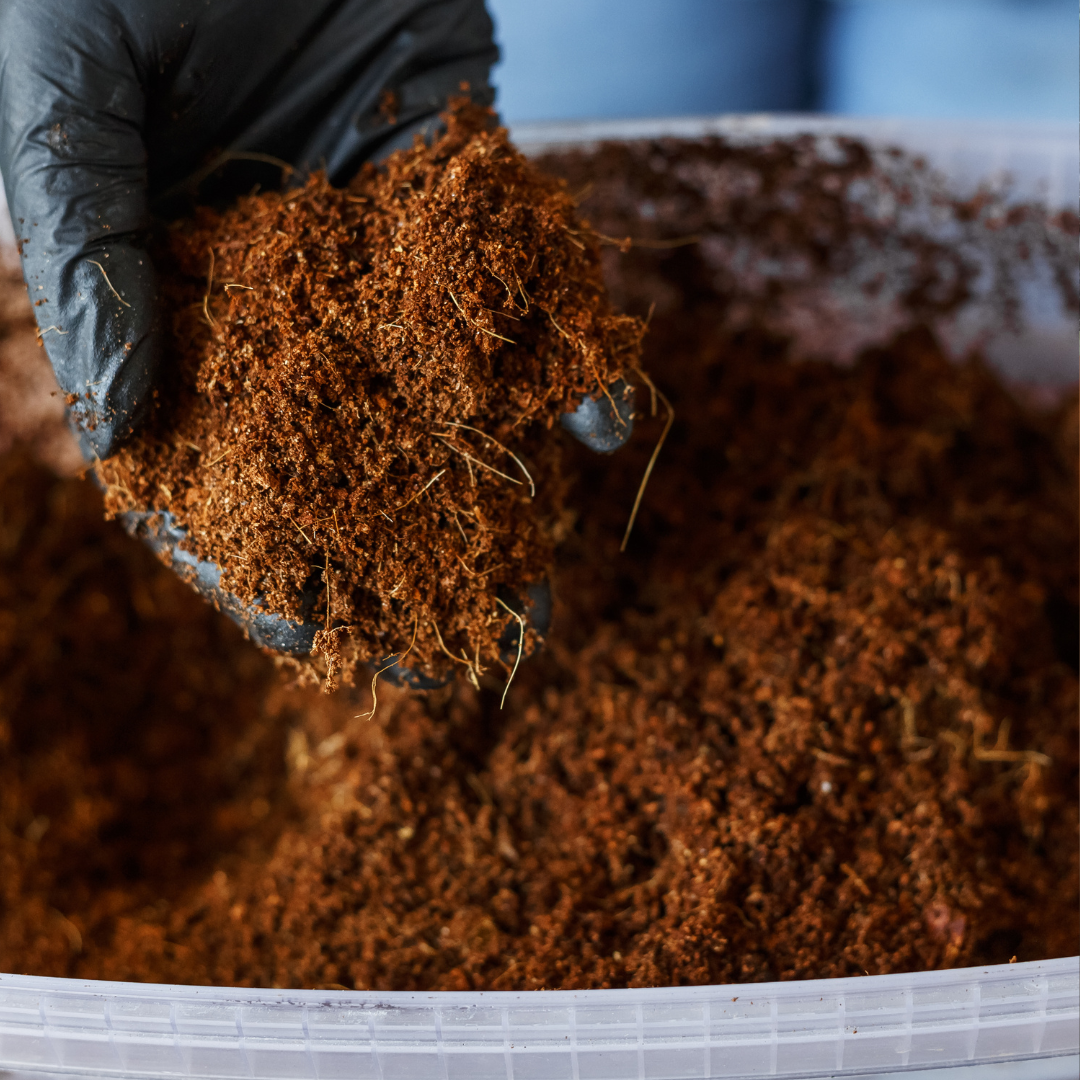
Soil To Grow Valerian In Containers
Valerian may thrive in almost any type of soil if there is adequate drainage, though it prefers sandy loam.
It frequently grows untamed in meadows and grasslands. Composting will help because clay soils could lack the drainage needed to keep the plants constantly hydrated.
Sunlight & Water To Grow Valerian In Containers
Valerian requires a steady supply of light dampness to survive. Valerian can tolerate the full sun and is not overly sensitive to it.
However, choosing a location where it can access the afternoon sun in a setting with partial sun will aid in its success.
Fertilizer
These phosphorus-loving species benefit from regular fertilizer applications high in phosphorus throughout the growing season.
Refer to the fertilizer packet's directions for precise dosage and application times. A nitrogen-rich fertilizer can also promote foliage growth in the early spring as new growth begins.
Avoid fertilizing your valerian plant with regular NPK-balanced fertilizers. A pervasive root system may result from this product.
Pruning
The Valerian plant is pleasantly minimal maintenance in terms of pruning.
Although there is no need for routine trimming, you can remove dead foliage in the fall when it naturally withers away to keep the stems nice and orderly.
All-heal frequently reseeds. This can be avoided by eliminating wasted flowers before they set seed.
Propagation
The Valerian plant is a delightfully simple specimen to multiply. You can collect the seeds or lift and divide mature plants in the late summer.
Both methods are simple and enable you to create numerous healthy new specimens for nothing.
Make Division: The optimal time to divide is in the spring, immediately before or during the emergence of new growth.
The freshly split specimen will have plenty of time to develop a robust root system before winter.
Insert a shovel a few inches from the main stem into the earth to start. Before using the shovel to extract the valerian plant from the ground, continue to circle the plant in this manner.
Don't worry if some tiny roots break off as you remove them from the ground. As previously said, space the divisions 12 to 24 inches apart.
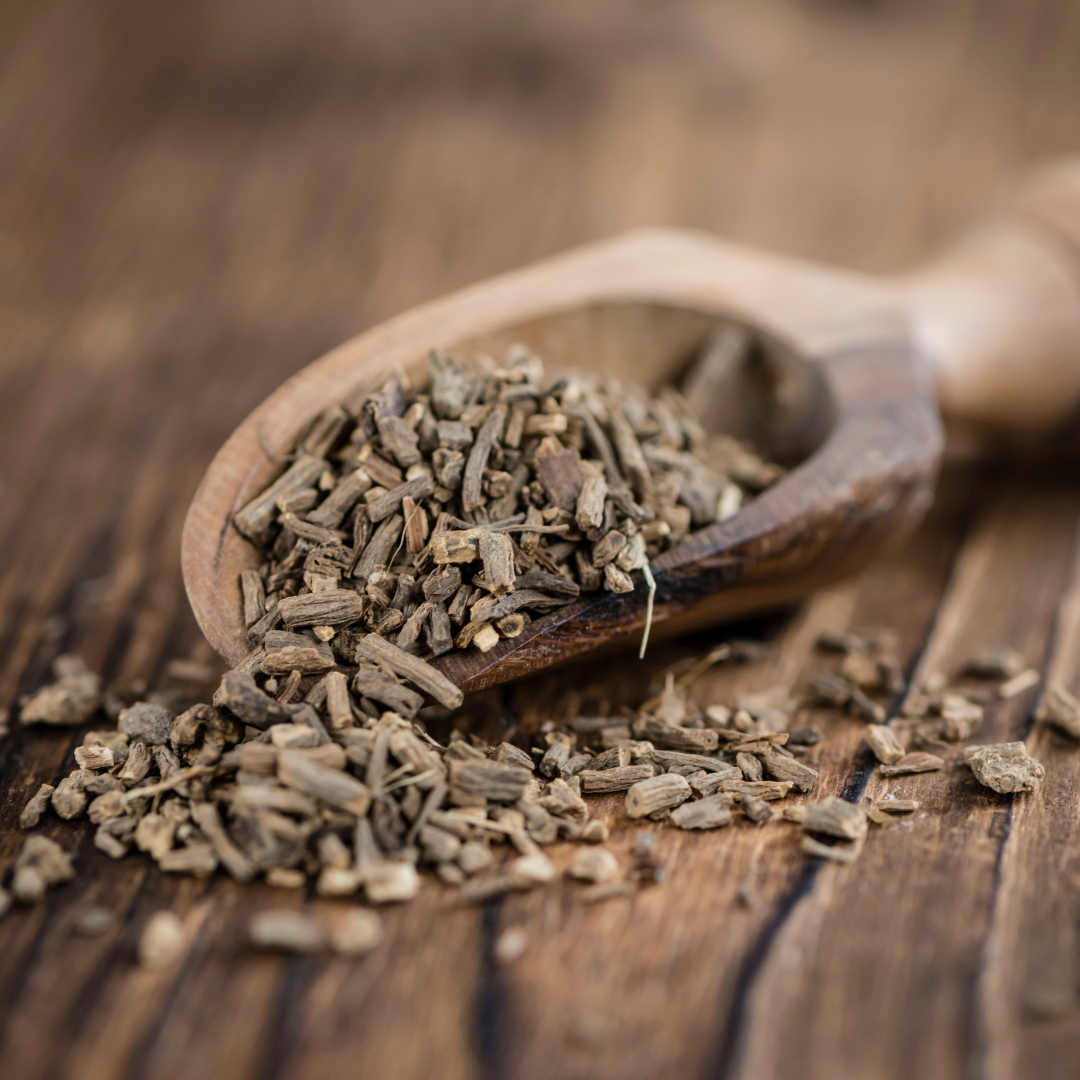
Grow Valerian From Seeds
A seed forms as the blossom withers. Every bloom is produced from one seed. When ripe, it will have a fluffy, dandelion-like head and a toffee-brown colour.
Gather the seeds before they fall from the stems. Additionally, garden shops and seed catalogues also sell valerian seeds.
Try to use the seeds in the first year or two after harvesting or purchasing. Older seeds have a lower chance of germination.
In the fall, sow straight into their ultimate location, or keep them in a labelled envelope and sow under cover in the late winter, about two to four weeks before your last anticipated frost date.
Plant seeds in growing trays with new potting soil at about half an inch depth. Soil should be moistened before planting.
Place the seeds in a light location with a light covering. Alternately, sow into a prepared seed bed as soon as the latest anticipated date for a frost has passed, either in the fall or early spring.
Germination takes place when temperatures range between 65 and 68°F on average. While most seeds happily sprout in a greenhouse, a VIVOSUN Seedling Heat Mat may aid in increasing germination rates in colder areas. In ideal circumstances, seeds will germinate in three weeks.
After germination, allow seedlings to grow and thin them out once they are big enough to handle. Keep the seedlings warm and the soil equally moist throughout this time.
Before transplanting seedlings into their final location, harden them off when they are 6 inches tall and the last frost has gone.
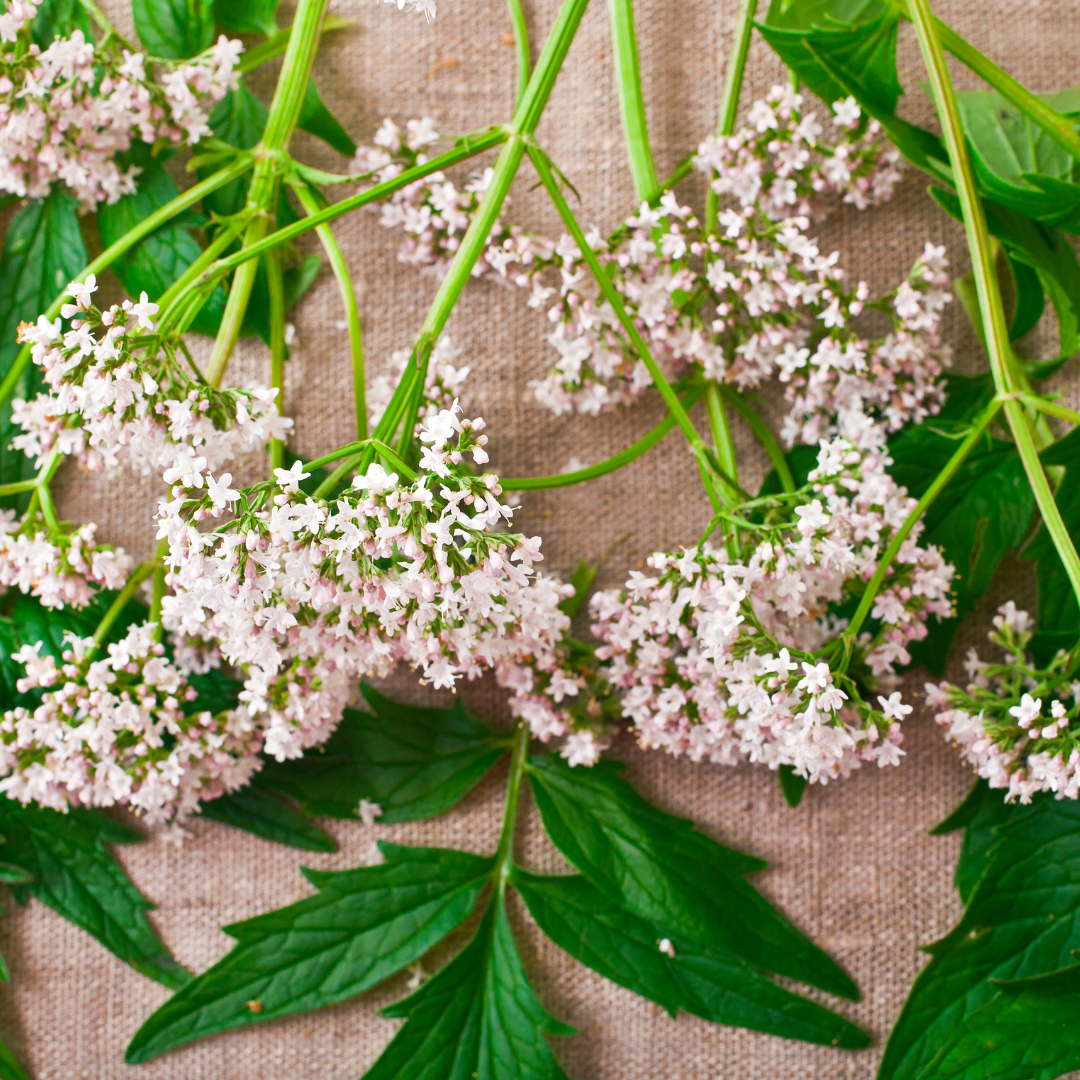
Harvesting Valerian
Never begin root harvesting before the second fall or spring.
The optimum time to harvest the roots is right after a shower when the soil is moist. The roots are at their softest point now, making harvesting them easy.
The night before harvesting, thoroughly water the soil if rain is unexpected. By doing this, accidental damage is reduced.
Dig 6 to 12 inches from the core stem of the valerian plant with a shovel. After encircling the stem, dig down far and lift as many roots as possible with the shovel.
Alternately, use a fork to cut deeper near the stem's center. This makes raising the entire valerian plant possible without causing significant root damage.
The roots should be washed before any blossoms or leaves are removed. Place the valerian roots somewhere warm and dry them out.
They can release a powerful perfume as they dry. These roots can also be dried in an oven at 200°F.
Keep the oven door slightly ajar until the valerian roots are dry, and check on them every 10 to 15 minutes.
The roots should be kept whole or cut up and out of direct sunlight in an airtight container. They can also be powdered into a fine consistency.
Pests & Diseases Of Valerian
You shouldn't have trouble growing Valerian if you check for a few minor pests and diseases.
Like in most gardens, aphids might find their way to your valerian bed. If you see any evidence of these pests, make sure to spray them down with soapy water. Spray the entire plant, including all sides of the foliage, to ensure they are dislodged.
They will feed on the sap of your plants and will also leave behind honeydew. Repeat this procedure as often as necessary to rid your herb garden of an aphid infestation.
Cats are another problem to watch out for when growing Valerian.
Care For Valerian
Valerian should be on your radar if you're looking for a low-maintenance herb with relaxing effects. Water and room are the primary requirements for this herb.
Valerian will eventually reach a height of three to five feet. It's not a huge herb, but it nevertheless requires more space to grow than other, less well-known, smaller herbs.
Where you plant the herb will depend on how tall it is. It must be situated so that its height won't be a problem but where it is still manageable to reach for harvest.
Now that you know how much room it takes up, let's talk about water. The herb should have consistent dampness but shouldn't be soggy.
Therefore, creating a deep watering schedule is essential. Avoid giving the plant a little water each day. Instead, saturate the plant with lots of water many times per week.

How To Take Valerian Roots?
The most satisfactory outcomes from Valerian come from taking it as recommended.
Recent research suggests that taking 450-1,410 mg of whole Valerian roots daily for 4 to 8 weeks may support improved sleep quality.
Some professionals advise taking 400–600 mg of valerian extract or 0.3–3 grams of valerian root up to three times daily to reduce tension.
Taking 530–765 mg daily may help with anxiety and OCD symptoms, while taking 765–1,060 mg daily may help with hot flashes both during and after menopause.
These dosages, meanwhile, might not be suitable or efficient for everyone with these symptoms. Simply put, these are the doses that the best evidence indicates are beneficial.
To find the safest and most beneficial dose for you, it's crucial to consult a reputable healthcare practitioner if you're considering Valerian.
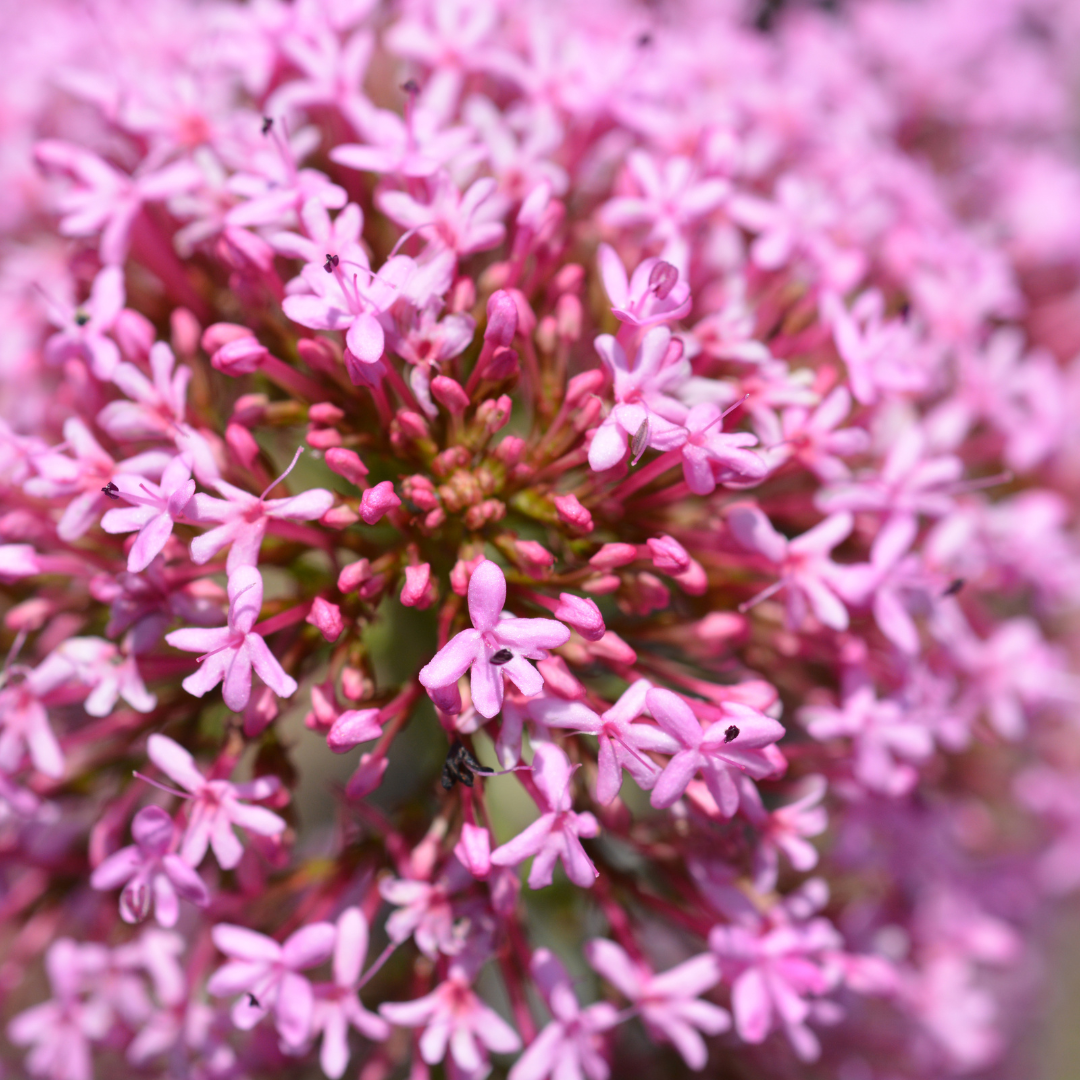
Conclusion
Research shows valerian supplements may enhance sleep, lower anxiety, and ease OCD, menopausal, and PMS symptoms.
The effects of valerian on human health are yet unknown because of the current lack of research.
Although it is generally considered safe and unlikely to have significant adverse side effects, Valerian might not suit everyone.
This is why seeing a medical expert before using Valerian is crucial, particularly if you're taking drugs or other herbal supplements or have one or more health conditions.
I trust you enjoyed this article on the Best Steps To Grow Valerian In Containers. Please stay tuned for more blog posts to come shortly. Take care!
JeannetteZ
>>>Please click here to read my all-inclusive article about Container Gardening<<<
>>>Are you interested in homegrown herbs and medicine? Please click here to find out more about it!<<<
Your Opinion Is Important To Me
Thoughts? Ideas? Questions? I would love to hear from you. Please leave me your questions, experience, and remarks about this article about the Best Steps To Grow Valerian In Containers in the comments section below. You can also reach me by email at Jeannette@Close-To-Nature.org.
Disclosure
This post may contain affiliate links. As an Amazon Associate and other affiliate programs, I earn from qualifying purchases at no extra cost to you. Read my full affiliate disclosure.
You might also enjoy these blog posts:
Best Steps To Grow Magnolia In Containers
Best Steps To Grow Azaleas In Containers
Best Steps To Grow Malva In Containers
Best Steps To Grow Verbascum In Containers
Best Steps To Grow Monarda In Containers

